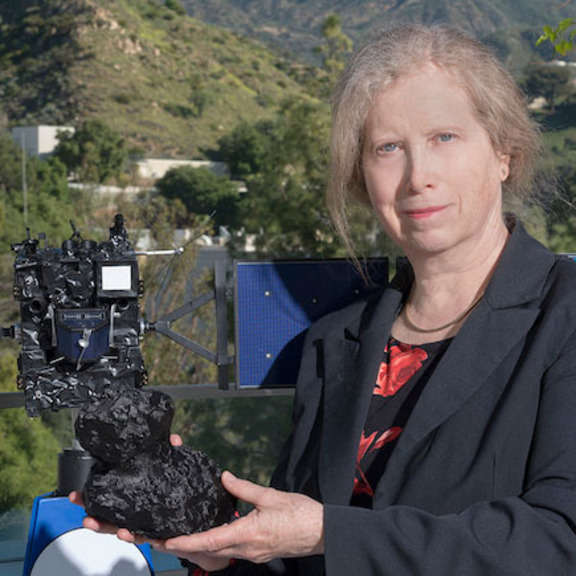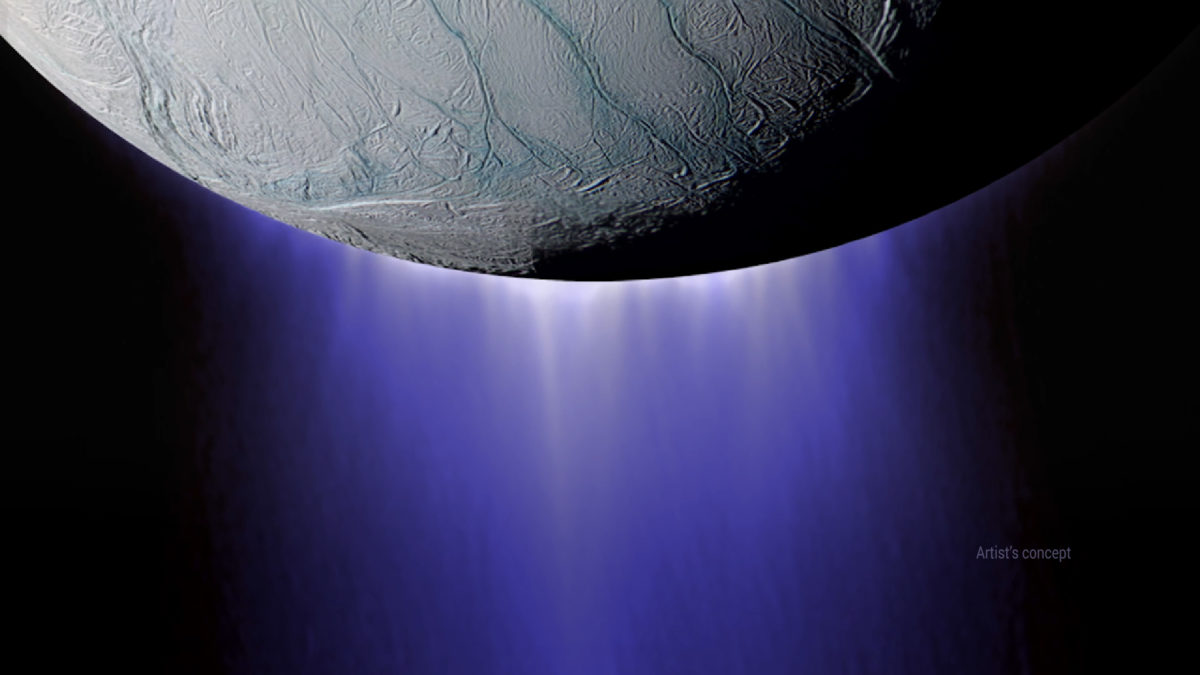Planetary Radio • May 10, 2017
Visiting Worlds Fantastic with Bonnie Buratti
On This Episode

Bonnie Buratti
Senior Research Scientist for Jet Propulsion Laboratory
Veteran Jet Propulsion Lab planetary scientist Bonnie Buratti talks with Mat about the wonder of our solar neighborhood that she explores in Worlds Fantastic, Worlds Familiar: A Guided Tour of the Solar System. Emily Lakdawalla reviews a busy and challenging time for Curiosity, the Mars Science Laboratory rover. Bill Nye says thousands of small satellites may bring broadband internet access to the third world, but they may also bring new space debris challenges. And Bruce Betts somehow bring together Skylab, gold and hamsters in the new What’s Up.

by Bonnie J. BurratiImage: ©2017 Cambridge University Press

Related Links:
- Bonnie Buratti’s Worlds Fantastic, Worlds Familiar—A Guided Tour of the Solar System
- Bonnie Buratti
- Curiosity update, sols 1600-1674: The second Bagnold Dunes campaign
- SpaceX Satellite Constellation
- Bruce Betts' Online College Intro Astronomy Course 2017
This week's prizes are a copy of Bonnie Buratti’s new book, Worlds Fantastic, Worlds Familiar, a Planetary Radio t-shirt, now available in both men’s and women’s styles, and a 200-point iTelescope.net astronomy account.
This week's question:
With legs deployed, how tall was the Lunar Excursion Module (Ascent and Descent Modules)?
To submit your answer:
Complete the contest entry form at http://planetary.org/radiocontest or write to us at [email protected] no later than Wednesday, May 17th at 8am Pacific Time. Be sure to include your name and mailing address.
Last week's question:
What are the names of the two Astrobots on the surface of Mars? You’ll find them on the Mars Exploration Rovers, Spirit and Opportunity.
Answer:
The answer will be revealed next week.
Question from the week before:
What letter is used to classify the most powerful class of solar flares, as observed from near Earth in X-rays? (Using the most popular system now in use.)
Answer:
X is the letter used to classify the most powerful class of solar flares as observed in X-rays from Earth.


 Explore Worlds
Explore Worlds Find Life
Find Life Defend Earth
Defend Earth


